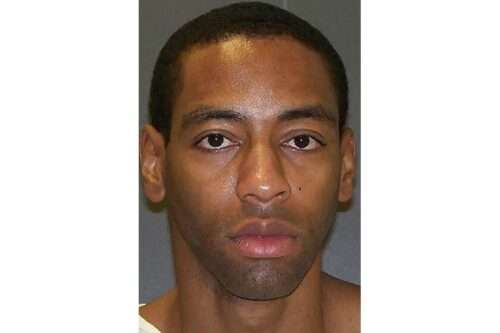Travis Runnels Texas Execution
Travis Runnels was executed by the State of Texas for a prison murder that took place in 2003. According to court documents Travis Runnels would murder prison supervisor Stanley Wiley on Jan. 29, 2003. Travis Runnels who was serving a 70 year sentence for armed robbery was upset that Wiley prevented his transfer to the … Read more








